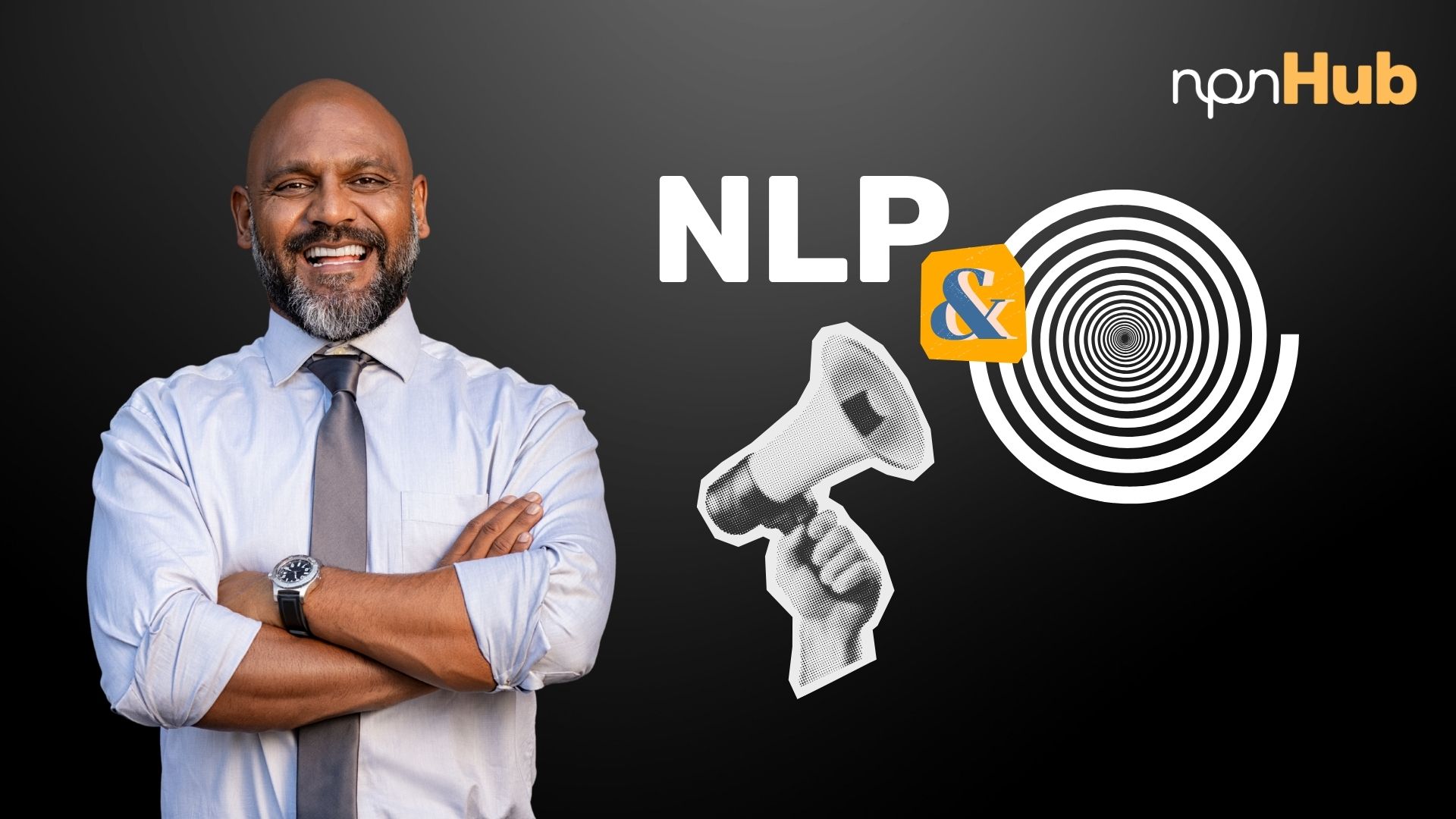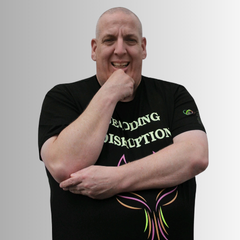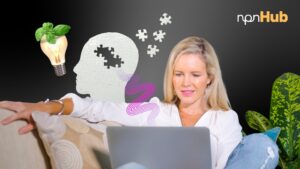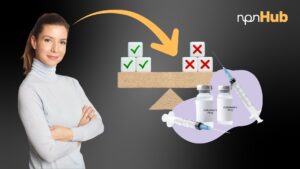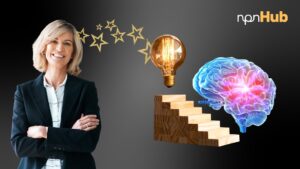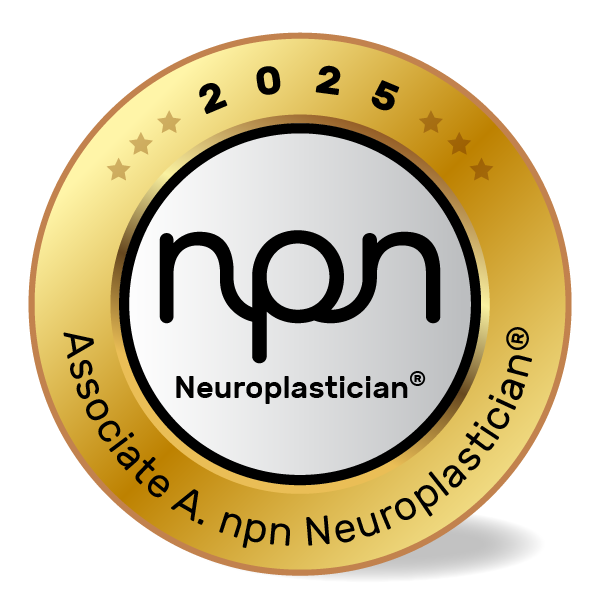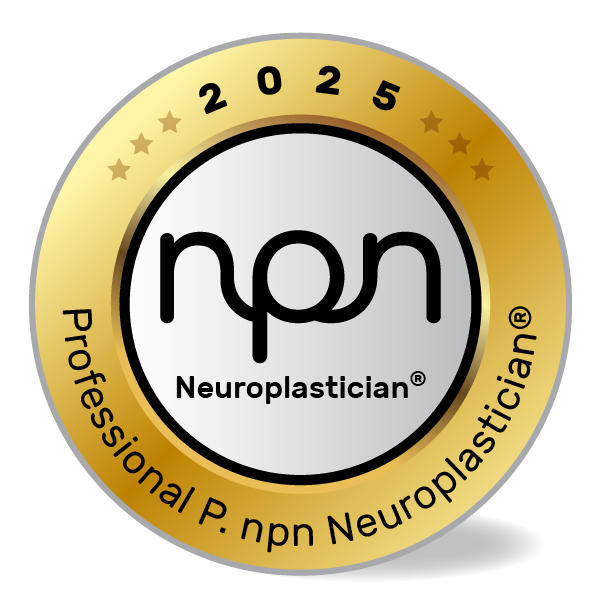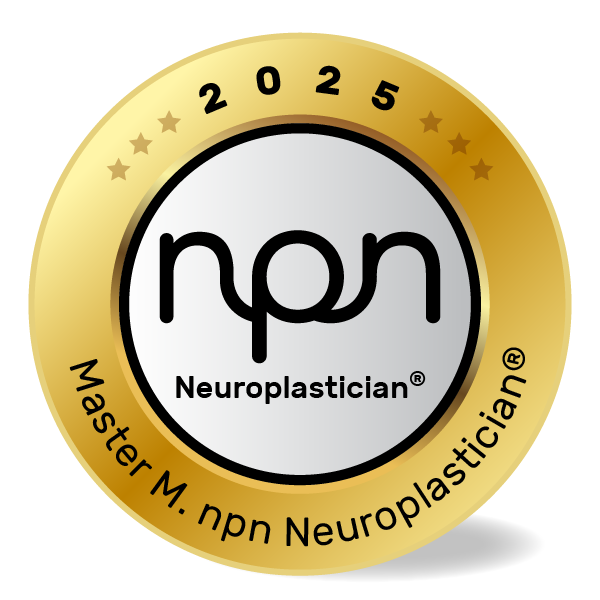Brain-Based Insights to Boost Focus, Mood, and Decision-Making in Real Life
npnHub Editorial Member: Greg Pitcher curated this blog
Key Points
- Everyday challenges like distraction, indecision, or low mood can be transformed using neuroscience insights.
- Uncommon yet research-backed strategies, like cognitive offloading and novelty exposure, activate core brain systems for better performance.
- Dopaminergic and prefrontal pathways are key to self-regulation and can be trained with deliberate habits.
- Neuroscience practitioners, coaches, and educators can apply these strategies for more precise, client-centered interventions.
- Understanding the brain’s operating principles makes change feel natural, not forced.
1. What Are Uncommon Neuroscience Tips for Everyday Challenges?
On a Monday morning, a well-being coach notices her client, a creative entrepreneur, stuck in a cycle of procrastination and self-doubt. She’s tried the usual tactics: to-do lists, habit trackers, even mindfulness apps. Nothing sticks. That’s when the coach introduces a surprising strategy – cognitive offloading – and everything begins to shift.
This story isn’t from a research paper. But it’s a relatable glimpse into how unconventional neuroscience tools can unlock real change.
“Uncommon neuroscience tips” are lesser-known but highly effective strategies grounded in brain research that support better functioning in daily life. These techniques target how the brain processes novelty, attention, memory, and reward.
For example, researchers like Dr. Daniel Levitin and Dr. Adam Gazzaley have studied how externalizing mental tasks (like writing things down or using reminders) reduces cognitive overload and preserves working memory resources source.
These science-backed tips offer a path forward when common methods fail.
2. The Neuroscience Behind These Uncommon Tips
In a classroom for neurodiverse learners, an educator tries a new approach: instead of insisting on quiet study, she lets students switch between tasks and use fidget tools. Surprisingly, engagement skyrockets. She later discovers she’s tapping into dopamine and novelty-seeking pathways.
This story illustrates a powerful concept: novelty and variability activate brain circuits tied to attention, reward, and learning.
Research from the University of California, Davis shows that novel experiences boost dopamine release in the hippocampus and ventral tegmental area (VTA), enhancing memory encoding and motivation source.
Meanwhile, the prefrontal cortex, responsible for decision-making and executive control, benefits from techniques like mental contrasting, imagining both obstacles and success. This technique was shown by psychologist Gabriele Oettingen to improve goal pursuit through stronger neural engagement.
When we deliberately use such tools, we activate networks like:
- Dorsolateral Prefrontal Cortex (planning and self-control)
- Anterior Cingulate Cortex (conflict monitoring)
- Hippocampus (memory integration)
- Dopaminergic Midbrain Regions (motivation and novelty)
Together, they help transform daily challenges into training grounds for growth.
3. What Neuroscience Practitioners, Neuroplasticians and Well-being Professionals Should Know
A leadership coach was puzzled. Her high-achieving client felt drained despite success. As they explored routines, she suggested something unusual, visual scene changes throughout the day to reduce attentional fatigue. The client thrived.
What worked? Understanding how even small changes in environment refresh neural attentional networks.
Professionals often face myths like:
- “Consistency is always better than variability.”
- “Productivity equals long focus blocks.”
- “Self-control is about willpower.”
But neuroscience tells a different story. The brain thrives on contrast, context, and novelty, not just consistency.
Here are common practitioner questions:
- Is multitasking always bad, or can it be structured?
- How can I help clients avoid cognitive fatigue without sacrificing output?
- Are visual, physical, or auditory changes useful for improving focus?
Studies from Stanford’s Neurosciences Institute suggest that task-switching with purpose – interspersed with mental rest – can maintain cognitive performance without overwhelming working memory systems source.
Practitioners should know: it’s not just what clients do, it’s how and when they do it that rewires the brain.
4. How These Tips Affect Neuroplasticity
Neuroplasticity thrives on specificity, repetition, and emotion. Uncommon strategies like micro-novelty, embodied cognition, or temporal chunking create fertile ground for neural rewiring.
For instance, using strategic physical movements (embodied cognition) during learning recruits motor areas alongside memory systems, strengthening long-term retention. Even switching between seated and standing work can improve executive function by engaging the cerebellum and prefrontal systems synergistically.
Meanwhile, novelty boosts dopamine, which in turn enhances long-term potentiation (LTP) – the core mechanism behind memory consolidation.
A study by Gruber et al. (2014) found that states of curiosity and surprise activate the hippocampus and dopaminergic circuits, leading to better learning outcomes source.
Thus, by engaging clients in unexpected ways, practitioners stimulate real change in synaptic connectivity, brain resilience, and adaptive capacity.
5. Neuroscience-Backed Interventions for Everyday Challenges
Why These Interventions Matter
Clients often try standard strategies – habits, schedules, or willpower – with limited success. Practitioners need nuanced tools that engage the brain where it matters most.
Let’s explore some surprising strategies that create real impact.
1. Cognitive Offloading
Concept: Offloading memory tasks externally (writing notes, setting alerts) reduces working memory load, freeing up resources for creativity and problem-solving (Levitin, 2015).
Example: A coach working with a scattered client uses sticky notes and voice reminders to declutter the client’s internal narrative.
✅ Intervention:
- Encourage clients to externalize all to-dos.
- Introduce digital calendars with multiple reminders.
- Use physical objects (e.g., a visible notebook) as memory anchors.
2. Novelty Bursts
Concept: Brief exposure to novel stimuli (new images, environments, smells) boosts dopamine and executive functioning via VTA-hippocampal pathways.
Example: A teacher includes a surprising fun fact or image at the start of each lesson to grab attention.
✅ Intervention:
- Add 1-2 novel sensory experiences daily.
- Change location or music during work.
- Use unconventional questions in coaching to spark reflection.
3. Mental Contrasting
Concept: Imagining a future goal and the obstacles to achieving it activates prefrontal regulation and goal-directed planning (Oettingen, 2014).
Example: A therapist helps a client visualize success while addressing likely roadblocks.
✅ Intervention:
- Practice WOOP (Wish, Outcome, Obstacle, Plan) journaling.
- Use visualization + reality checks in sessions.
- Reframe obstacles as activation triggers, not blockers.
4. Scene Shifting
Concept: Changing visual or physical environment resets attentional networks and reduces cognitive fatigue (Gazzaley & Rosen, 2016).
Example: A productivity coach asks clients to work from a different room for each task block.
✅ Intervention:
- Suggest 3 workspace zones: focus, creativity, rest.
- Use environmental cues to mark task shifts.
- Incorporate standing or walking transitions between meetings.
6. Key Takeaways
Neuroscience isn’t just for labs and journals, it belongs in the moments we forget our keys, lose our focus, or feel stuck. When common approaches fall short, uncommon neuroscience strategies can shift the game.
By integrating techniques that support memory, attention, and motivation through brain-specific pathways, practitioners empower clients to thrive, even in the face of everyday messiness.
🔹 Novelty and surprise enhance memory and motivation via dopamine.
🔹 Externalizing tasks lightens mental load and frees up creativity.
🔹 Visual and environmental changes refresh attentional circuits.
🔹 Goal visualization plus obstacle planning activates executive functions.
Brain change is possible, not just in crises, but in daily choices. Practitioners have the tools to guide that transformation.
7. References
- Gruber, M. J., Gelman, B. D., & Ranganath, C. (2014). States of Curiosity Modulate Hippocampus-Dependent Learning via the Dopaminergic Circuit. Neuron. Link
- Levitin, D. (2015). The Organized Mind: Thinking Straight in the Age of Information Overload.
- Oettingen, G. (2014). Rethinking Positive Thinking: Inside the New Science of Motivation.
- Wittmann, B. C., et al. (2007). Anticipation of novelty recruits reward system and hippocampus. Nature Neuroscience. Link
- Gazzaley, A. & Rosen, L. (2016). The Distracted Mind: Ancient Brains in a High-Tech World.

